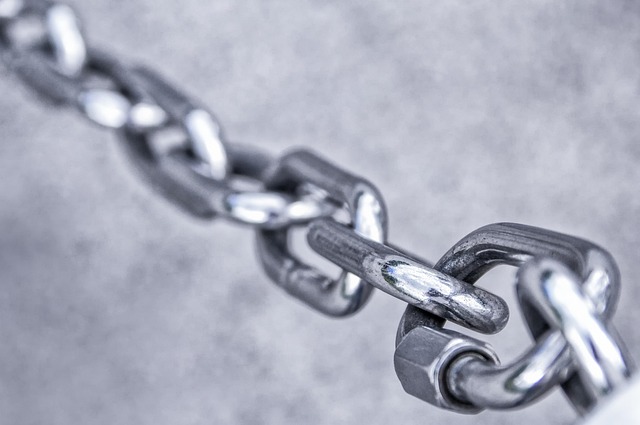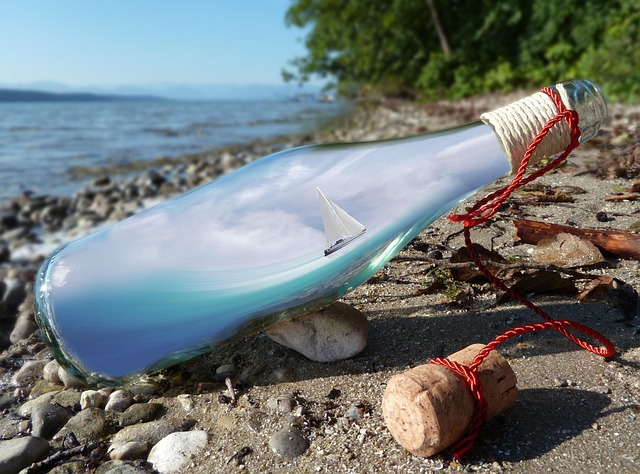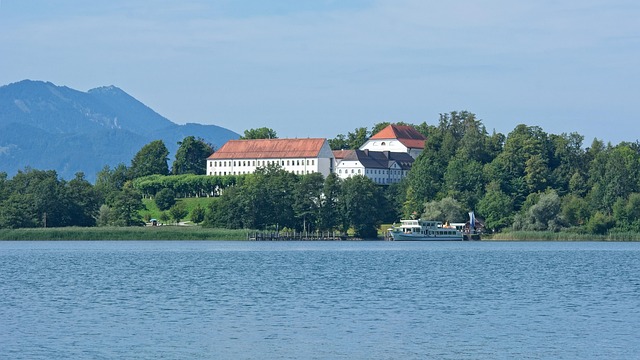Metal music, born from the raw energy of rock and the intensity of blues, has evolved into a global cultural force. Its live performances—whether in intimate venues or massive festivals—serve as social rituals that bind communities and drive creative expression. In the modern entertainment ecosystem, metal concerts occupy a pivotal niche, intersecting the broader music industry with cinematic storytelling, theatrical production, and regional economies. Understanding how metal events operate, generate revenue, and shape fan experiences offers valuable insights into the current dynamics of live entertainment.
The Evolution of Metal Concerts
From the underground clubs of the 1970s to the sprawling arenas of today, metal concerts have mirrored the genre’s growth. Early shows were marked by DIY ethics, raw sound, and a rebellious spirit that challenged mainstream conventions. As the 1980s and 1990s brought heavier sounds and sub‑genres like thrash, death, and black metal, audiences expanded, and the need for larger venues grew. Today, festivals such as Wacken Open Air, Download, and Hellfest attract tens of thousands of fans, turning metal into a major entertainment product. This progression has required shifts in production scale, marketing strategies, and artist management.
- 1970s: Local club scenes, grassroots organization
- 1980s–1990s: Rise of touring circuits and label-sponsored tours
- 2000s–Present: Global festivals, multi‑day events, immersive experiences
Economic Impact on Local Communities
Metal festivals generate significant economic activity for host cities. Beyond ticket sales, they attract tourism, create temporary employment, and stimulate hospitality sectors. Hotels, restaurants, and transportation services often experience a surge in demand during event periods. Moreover, local businesses benefit from merchandising booths and sponsorship opportunities. In regions where metal is deeply embedded culturally, such festivals become anchor points that boost civic pride and visibility. Economic impact studies regularly demonstrate that a single multi‑day metal event can inject millions of dollars into a regional economy, with multiplier effects that extend well beyond the event itself.
- Direct spending: tickets, food, merchandise
- Indirect spending: accommodation, transportation, local services
- Intangible benefits: community identity, media exposure, future investment attraction
Artist Perspective and Production Dynamics
From the artist’s viewpoint, performing metal on a large scale demands meticulous attention to sound engineering, stage design, and crowd interaction. Production crews use sophisticated amplification, multi‑channel mixing, and visual effects to create immersive atmospheres that match the intensity of the music. Artists often collaborate with sound engineers who specialize in high‑gain, low‑cut tones characteristic of metal, ensuring clarity even amidst dense distortion. Stage setups, lighting rigs, and pyrotechnics are meticulously choreographed to deliver both sonic and visual impact, enhancing the overall experience for fans.
“The energy of a live metal crowd is unmatched. Every stage is a battleground where the sound has to win, and the visuals must echo the music’s intensity.” — Headlining band representative
Technological Innovations in Live Metal
Technological advancements have transformed metal concerts. High‑resolution audio formats and digital mixing allow for precise soundscapes that preserve the genre’s heaviness while reducing feedback. Real‑time visual mapping and LED wall displays synchronize with musical cues, adding layers of storytelling. Additionally, mobile apps provide interactive line‑ups, stage maps, and real‑time updates, deepening fan engagement. The integration of live streaming and virtual reality extends the reach of metal concerts beyond physical boundaries, enabling global audiences to experience the event in near‑real time.
Audience Demographics and Cultural Significance
Metal audiences are diverse, cutting across age, gender, and socioeconomic lines. While the genre once attracted a predominantly male, youth‑focused crowd, contemporary fan bases include a growing number of women and older listeners, reflecting broader cultural acceptance. Demographic studies reveal that metal fans value authenticity, community, and emotional catharsis. Attendance patterns show that festival-goers often travel long distances, indicating a strong willingness to invest in live experiences. The cultural significance of metal extends into film and literature, where narratives of struggle, identity, and rebellion resonate with broader societal themes.
- Age range: 18–45 (core), 46–60 (retro fans)
- Gender split: 60% male, 30% female, 10% non‑binary
- Spending: average ticket price $100–$150, merchandise $30–$60 per person
Industry Challenges: Safety, Sustainability, and Market Saturation
While metal concerts continue to thrive, the industry faces multifaceted challenges. Safety remains paramount: crowd control, emergency response protocols, and venue capacity limits must be constantly reassessed to prevent incidents. Environmental sustainability has become a pressing concern, prompting festivals to adopt waste reduction, renewable energy, and carbon‑offset initiatives. Market saturation, driven by the proliferation of smaller festivals and independent tours, pressures organizers to differentiate through unique line‑ups, exclusive experiences, and community engagement. Additionally, evolving streaming habits challenge traditional ticket sales models, urging the industry to innovate revenue streams.
“We are rethinking the entire festival model, from how we use land to how we interact with fans, to keep the experience fresh while staying true to metal’s roots.” — Festival director
Opportunities and Growth Trajectories
Despite challenges, significant opportunities lie ahead for metal concerts. Collaborations with film and gaming franchises create cross‑media experiences, expanding fan bases. Digital platforms allow for hybrid events—combining live shows with interactive online content—enhancing accessibility. Partnerships with local artisans and cultural institutions enrich festival atmospheres, turning events into cultural showcases. Moreover, targeted marketing using data analytics can refine audience outreach, ensuring that promotional efforts resonate with the diverse demographics that attend metal concerts. These strategies position the industry for sustainable growth in a rapidly changing entertainment landscape.
Future Outlook: Resilience and Innovation
Looking ahead, metal concerts will likely become even more resilient, blending traditional live elements with cutting‑edge technology. Advances in acoustic modeling and immersive audio will allow performers to deliver more nuanced soundscapes without sacrificing power. Augmented reality overlays could enable fans to experience visual storytelling that complements the music. Sustainable infrastructure—solar‑powered stages, biodegradable materials—will reduce the environmental footprint, aligning with global eco‑responsibility goals. Finally, community‑driven initiatives, such as local volunteer programs and educational outreach, will strengthen the bond between artists and audiences, ensuring that metal remains a vibrant, evolving cultural force.



